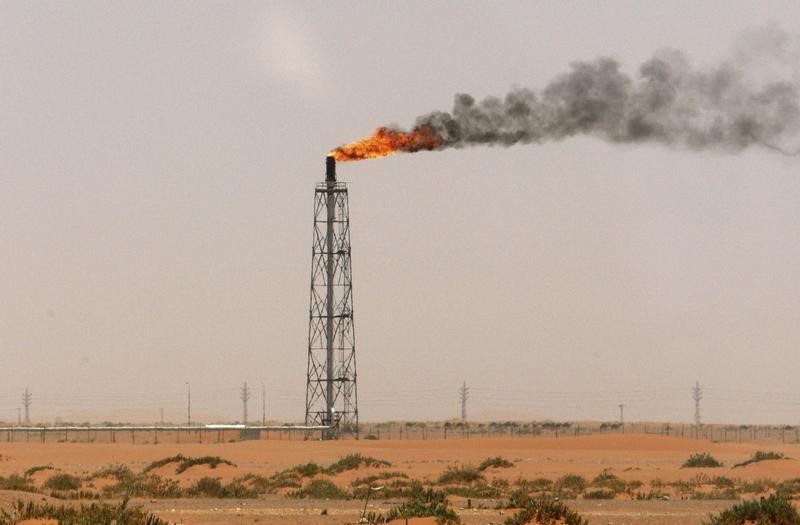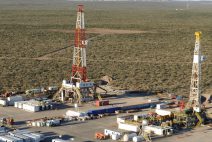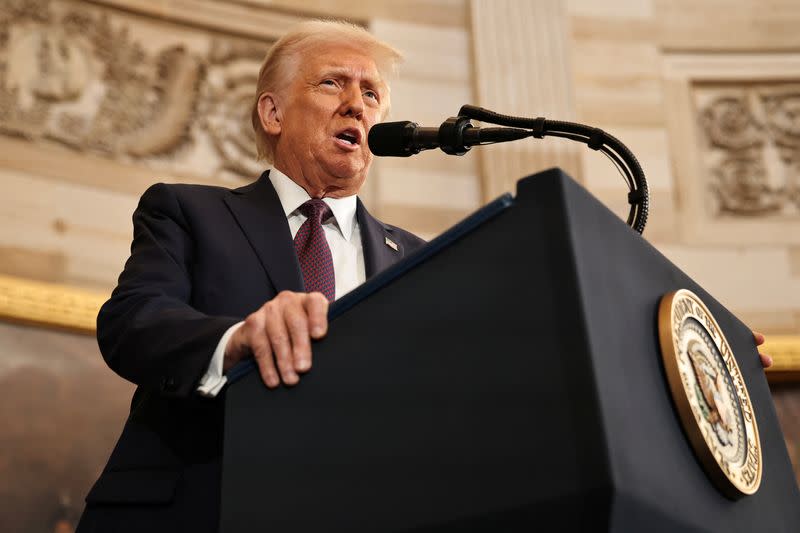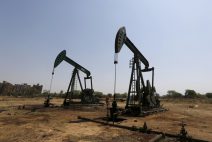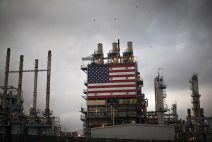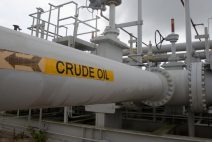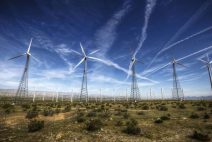World oil demand will plateau in the late 2030s and could by then have begun to decline, OPEC said, in a major shift for the producer group that reflects the lasting impact of the coronavirus crisis on the economy and consumer habits.
The prediction from the Organization of the Petroleum Exporting Countries, made in its 2020 World Oil Outlook, comes amid a growing number of other forecasts that the pandemic may prove the tipping point for peak oil demand.
Oil use will rise to 107.2 million barrels per day (bpd) in 2030 from 90.7 million bpd in 2020, OPEC said, 1.1 million bpd below its 2030 forecast last year and over 10 million bpd below its 2007 prediction of 2030 demand.
“Global oil demand will grow at relatively healthy rates during the first part of the forecast period before demand plateaus during the second half,” said the report, which looks at the 2019-2045 timespan.
“Future demand will likely remain persistently below past projections due to the lingering effects of the COVID-19-related shutdowns and their impact on the global economy and consumer behaviour.”
While oil use to fuel cars, trucks and industry will rebound as economies recover, OPEC voiced concern future growth may be partly offset by factors like a post-pandemic shift to homeworking and teleconferencing over commuting, as well as efficiency improvements and a shift to electric cars.
Even before the pandemic, rising climate activism in the West and widening use of alternative fuels were putting the strength of long-term oil demand under more scrutiny. Despite scaling back its forecasts, OPEC had still seen growth.
This year, it also sees potential for demand to begin to decline after 2030 given developments like a faster adoption of electric cars, more fuel efficiency and a larger reduction in business and leisure travel after the pandemic.
